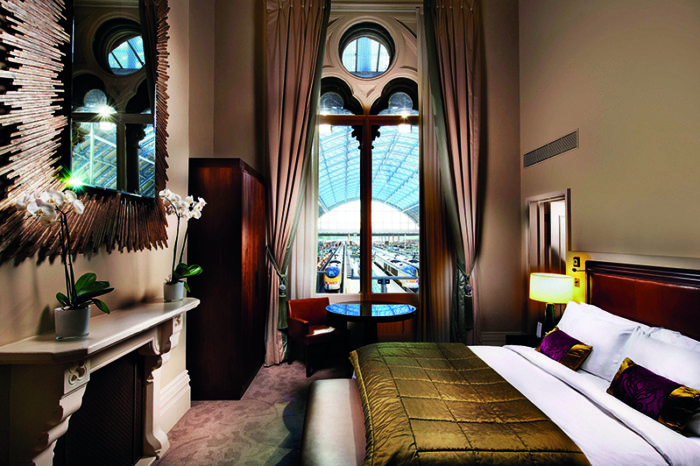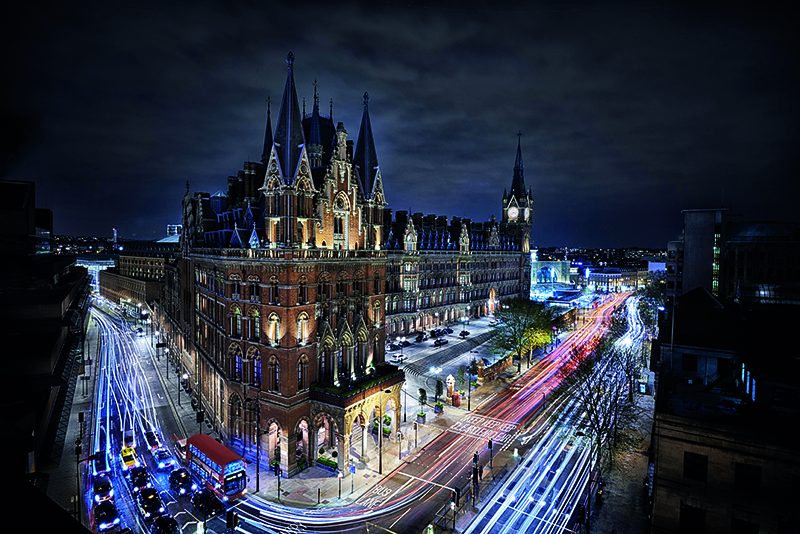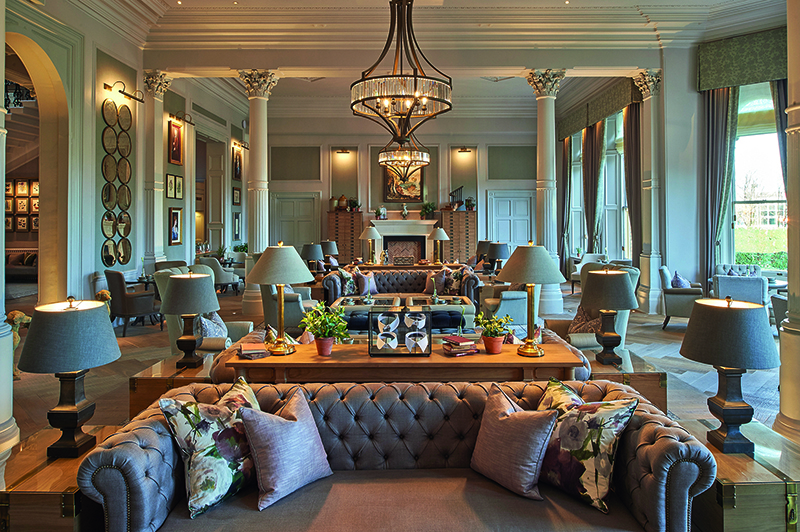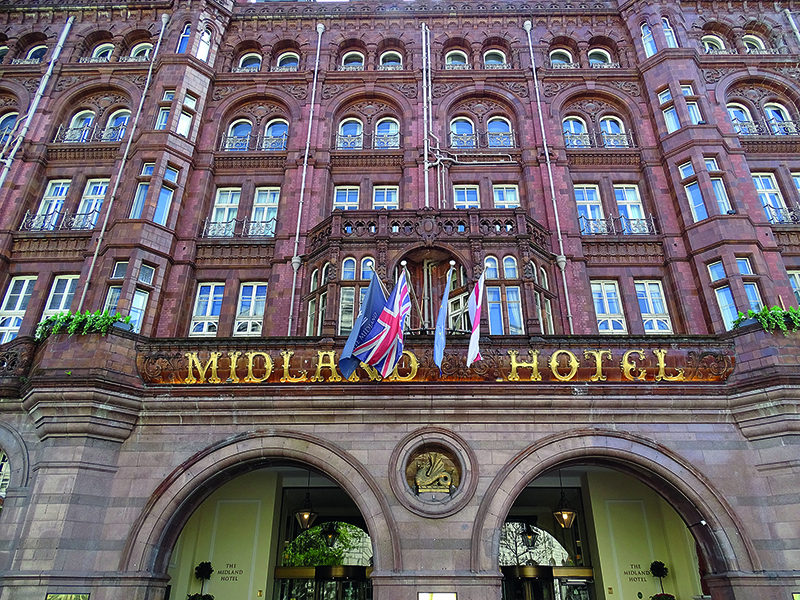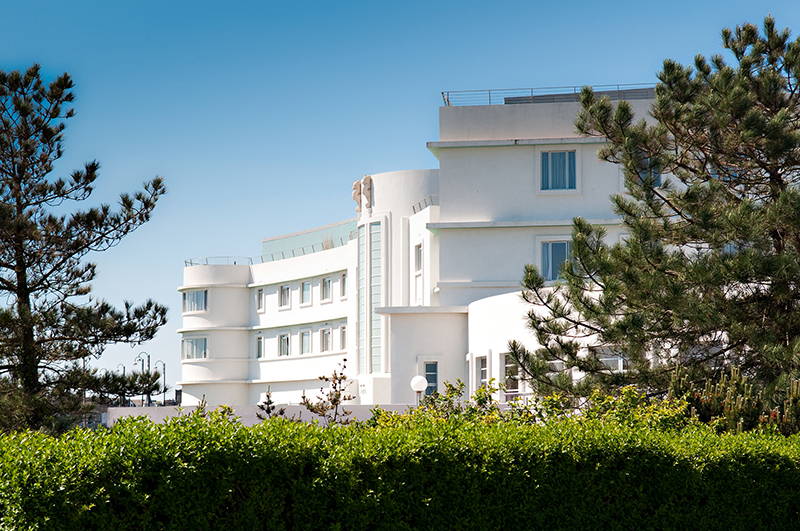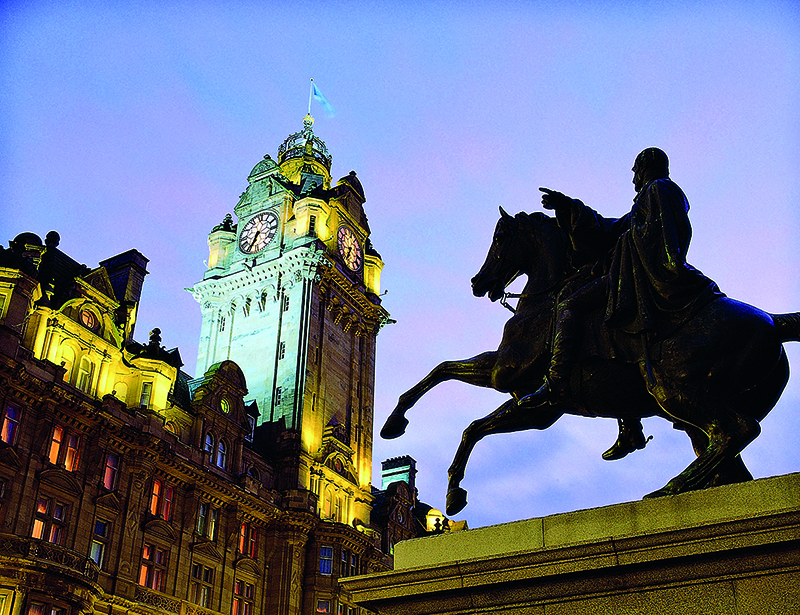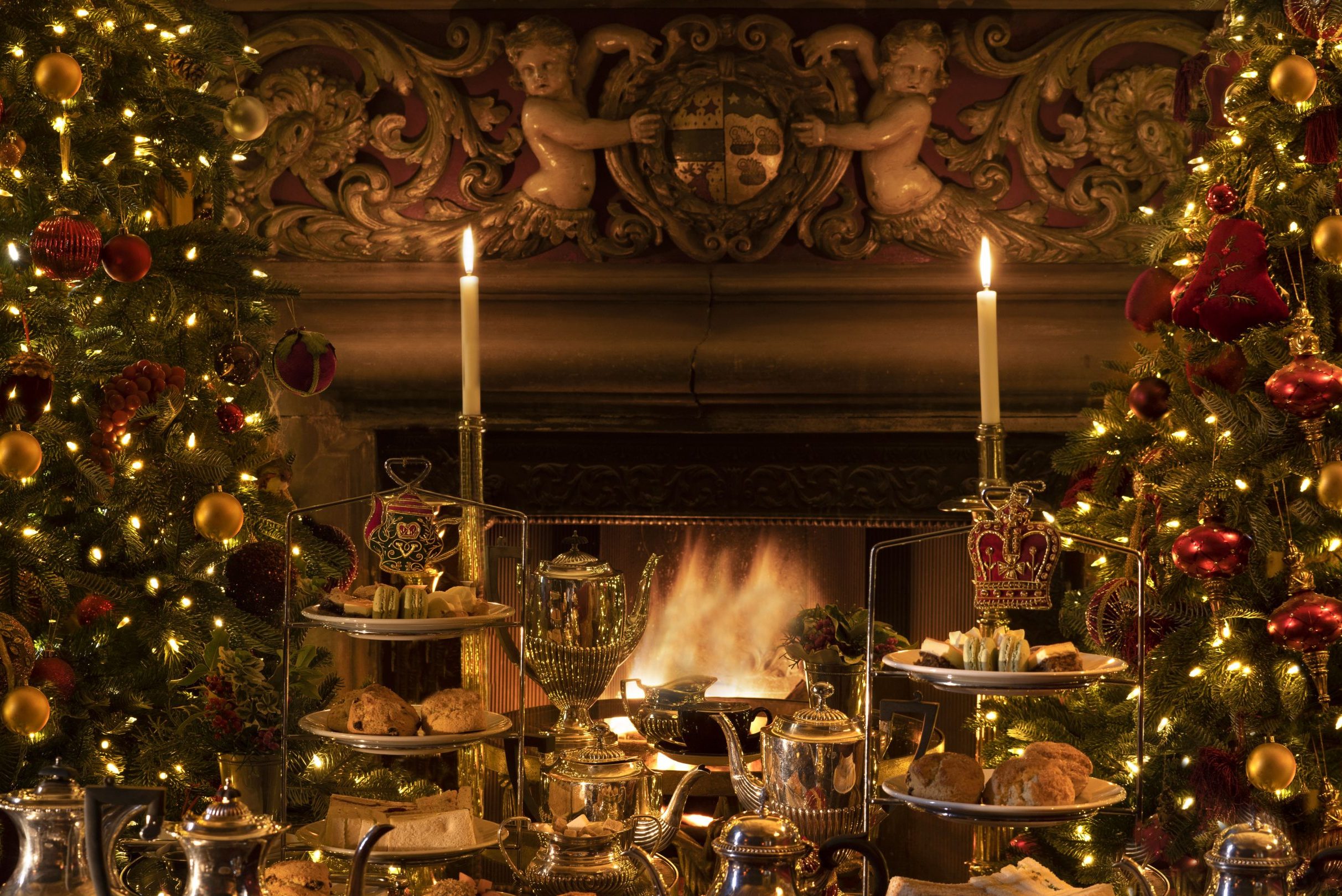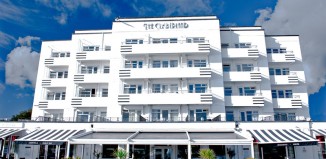Britain’s best railway hotels
Alight here for five of Britain’s top railway stays
1.St Pancras Renaissance
London
The name is very fitting here. This monumental redbrick building first opened as the Midland Grand Hotel in 1873, yet it spent the best part of the 20th century serving as railway offices. It wasn’t until 2011 that the five-star hotel reopened following a major restoration, part of a sweeping regeneration of the entire King’s Cross area. The renaissance was complete.
The original building hardly lacked grandeur. George Gilbert Scott won the Midland Railway’s competition to design a hotel for its new St Pancras terminal and though a mooted fifth floor was never added, it still cost £438,000 – a staggering sum in those days. Today the George’s Bar pays tribute to the visionary architect via a show-stopping red-and-gold interior.
2.The Principal
York
In 1878, during the rapid expansion of Britain’s rail network in the high Victorian era, the North Eastern Railway Company opened a flagship hotel in York to serve the city’s new train station.
Designed by William Peachey, the Royal Station Hotel, as it was then known, boasted an imposing Italianate exterior made from yellow Scarborough brick and vast bedrooms available for 14 shillings a night.
While the golden era of rail travel has passed, the Principal Hotel Company has given this 155-room staple a timeless yet contemporary makeover, via velvet armchairs, marble bathrooms and a palette of calming creams and greys. Book one of the suites for a bedside view of the historic York Minster.
3.The Midland
Manchester
This Peter Street stalwart isn’t an obvious railway hotel, given that the nearest station is 10 minutes’ walk away. However, the Midland was built in 1903 to serve Manchester Central station, a key terminal for London, Liverpool and beyond.
In its heyday, the 312-bedroom Midland was the place to be seen and standards were impeccable: Mr Rolls reportedly met Mr Royce here, while The Beatles were turned away for not wearing ties. Manchester Central has since become an exhibition hall and concert venue after express rail services were diverted to the new Piccadilly station in 1968. The Midland remains a pristine example of timeless class, with both ‘royal’ and ‘vegan’ afternoon tea options available in its mustard-and-grey Tea Room.
4.The Midland
Lancashire
When the current Midland Hotel opened in the northern English seaside resort of Morecambe on 12 July 1933, hundreds gathered to swoon at its thrillingly modern design. Writing in Architectural Review, Lord Clonmore noted that the Art Deco building “rises from the sea like a great white ship, gracefully curved”, while artist Eric Gill created murals and reliefs.
The hotel’s golden age was short lived, however, and following the Second World War it fell into a long period of disrepair. It took a 2008 restoration to reinstate the clean modernist lines and add the sea- facing Sun Terrace restaurant. The old Morecambe Promenade railway station that the hotel was built to serve is now also a restaurant opposite.
5.The Balmoral
Edinburgh
By late Edwardian times, there was something of a railway hotel rivalry taking place in the Scottish capital. At the west end of Princes Street lay The Caledonian, a fanciful 205-room hotel attached to Caledonian Railway’s since-demolished Princes Street station; at the east end sat the North British Hotel, built to serve the North British Railway Company’s Edinburgh Waverley terminus.
While both hotels are thriving today, the North British – re-opened as The Balmoral by Sean Connery in 1991 – edges it in terms of refinement. Afternoon tea in the Palm Court is soundtracked by a live harpist, while the JK Rowling Suite is the actual room in which the author finished writing her final Harry Potter novel.

